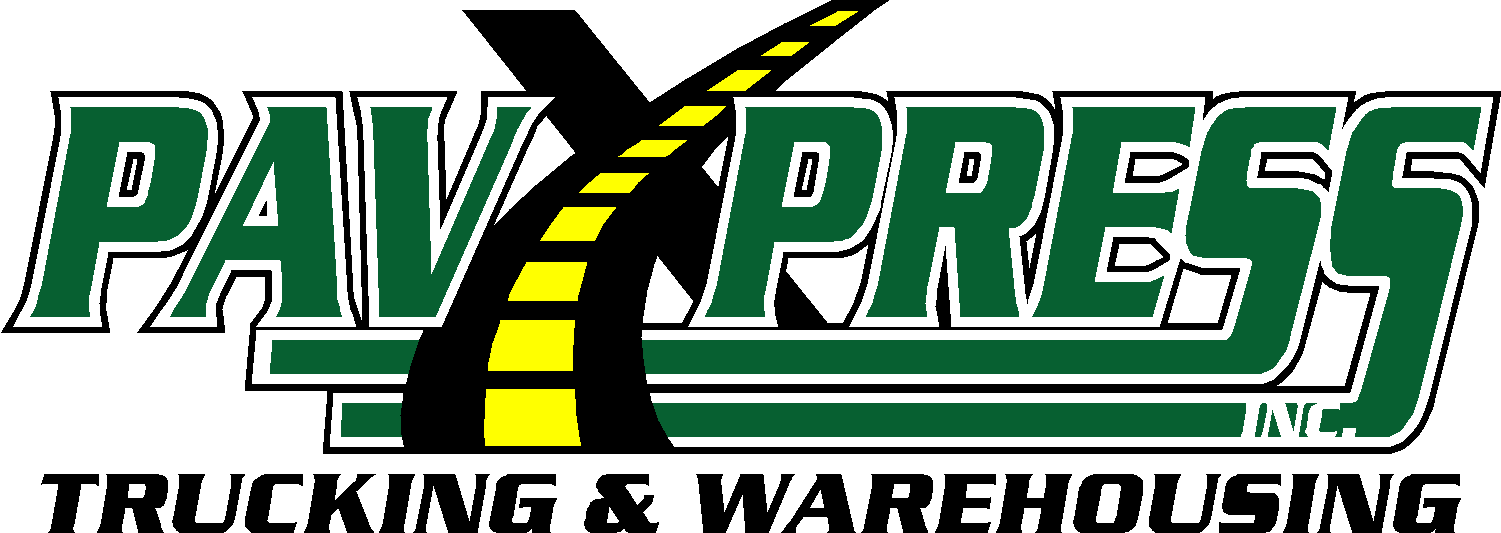The $38 billion less-than-truckload (LTL) sector—considered moribund a decade ago due to high internal fixed costs and changing shipper demands—has been on a four-year roll.
As Wolfe Research trucking analyst Scott Group recently noted: “LTLs have lots of operating leverage.” Other trucking analysts say that despite signs of a slowdown caused by tariffs and threats of trade wars, the LTL sector as a whole has outperformed its truckload competitors over the past two years in its ability to control costs, get rate increases and drive efficiencies in shippers’ supply chains.
Still, some leading LTL executives are disclosing to SCMR that freight has slowed since its all-time peak of last summer—but of course, first quarter seasonality always drives down freight levels this time of year.
“Current conditions are good, not great,” says Chuck Hammel, president of Pitt Ohio. “December was a good month, but business levels have certainly leveled off from the highs in the summer. With that said, capacity is still tight.”
Taking advantage of a reviving domestic industrial economy and tight capacity caused by significant barriers to entry in the LTL market, carriers have increasingly been shrewd in driving down their costs and getting compensated for its costly hub-and-spoke networks. Those systems require significantly more capital and personnel than the simple point-to-point moves by most TL carriers.
Satish Jindel, principal of SJ Consulting, an analyst firm that closely tracks the LTL sector, is predicting another above-average year for the LTL sector. He’s predicting overall rate increases averaging in the “mid-to-high single digits,” but cautions that not all shippers will be seeing the same rate hikes.
“There will be capacity and demand variations week to week depending on seasonality and other factors,” says Jindel. “If you smooth out all of that, I expect 2019 to be a another good year for carriers.”
Shippers shouldn’t feel that transportation costs have to go up, Jindel adds. “If there are any shippers out there who say that they have no way to lower their costs, have them call me. There isn’t a single shipper who can’t take cost out of the system.”
Over the next few pages we take our annual deep dive into what’s driving improved LTL efficiencies as well as how various cost increases are adding up for carriers. We’ll also examine how shippers can mitigate those rate hikes through shrewd management of their supply chains and carrier relations.
All costs going up
For decades, LTL carriers were largely insulated from the driver shortage because LTLs and their networks offered a more attractive lifestyle—home every night, or every other night—with little freight unloading duties. However, the driver shortage has finally caught up to the sector. “The driver situation has not changed much, and it’s still difficult to find experienced and safe drivers,” say’s Hammel.

“Driver pay has gone way up, with most companies just trying to hold their existing drivers and minimize turnover. As an industry, we need to do a better job of attracting new drivers just to keep up with the demand. In order to do that, driver costs will need to go even higher.”
Besides increased driver costs, new safety features are driving up equipment costs, turnpike tolls continue to increase substantially, while increasing technology demands and traffic congestion are causing carriers to waste time and place more trucks in operation to meet just-in-time inventory demands.
One small break in the clouds is that the price of diesel is down. However, most LTL executives labeled that a “non-event” because the weekly surcharge moves up and down with the price of fuel and has little effect on a carrier’s bottom line.
“At the end of the day,” adds Hammel, “my biggest cost concern is everyone’s biggest cost concern: health care.”
The YRC factor
Perhaps the most sensitive issue in the LTL industry—and the one industry executives are always privately buzzing about—is the fate of the Teamsters’ ongoing talks with YRC Worldwide, a company that controls the 4th and 8th largest units in the LTL sector with its long-haul YRC Freight and regional subsidiaries.
First, there’s little chance of any strike or work stoppage; however, YRC’s contract with 24,000 unionized workers will nevertheless have serious ripples within the sector due to its sheer size—controlling about 20% of the LTL market.
Already, rival carriers say they’re winning some business from shippers skittish of any work disruption at YRC. “Uncertainty at YRCW could lead to share gains for other LTLs,” says Group of Wolfe Research. “The key question in our mind is if LTL pricing will stay rationale if YRCW starts to cede share more meaningfully?”
There’s no way of knowing until James P. “Jim” Hoffa and YRC negotiators hammer out a final deal. However, YRC rank and file have been operating under a 15% wage giveback and a 75% cut in the company’s pension contributions since the 2009 downturn. And it’s no secret that YRC workers would like to be “made whole” again.
But whether YRC is on firm enough financial footing is still up for question. In fact, YRC is barely profitable. It recently posted consolidated operating income of $22.1 million on $1.2 billion in revenue for fourth quarter. That operating income also included a $3.6 million gain on property disposals.
Still, rival carrier executives are watching YRC’s talks closely. “If they do something that’s not in line with the industry, that’s going to hurt the rest of us,” one trucking executive said privately. “A Teamster job is not what it used to be—the best job in the industry. They have some problems that could affect the rest of us.”

Pricing picture
Most forecasters and company executives are forecasting LTL contractual rate increases of between 4% and 6%. However, that’s like saying the average temperature in the United States today will be 55 degrees—there will be much higher temperatures in Florida than in, say, Maine.
The sudden bankruptcy of New England Motor Freight, once the 17th-largest LTL carrier, will crimp capacity in the Northeast for sure, rival carriers say.
“Pricing has leveled off somewhat,” Pitt Ohio’s Hammel said before the NEMF news. “We’re still looking to get around a 4% to 6% increase on average, but if a customer can work with us to lower our cost of doing business then we can adjust their increase lower.”
Analyst Jindel, who’s happy to hear Hammel’s pledge, adds that carriers are being financially punished because too many shippers continue their inefficient shipping habits. “One simple thing that drives me up a wall is when carriers complain that shippers don’t have enough dock doors at their facility,” Jindel said. “A trucker should have a dock door when he pulls up to a facility—no exceptions.”
For those shippers who don’t and, in turn, cause carriers to lose valuable on-duty time waiting at a dock, Jindel has four simple words of advice: “Add some dock doors.”
Meanwhile, more shippers are increasingly working with carriers to take out bottlenecks across the supply chain—and it’s those shippers who will be best rewarded come contract renewal time.
